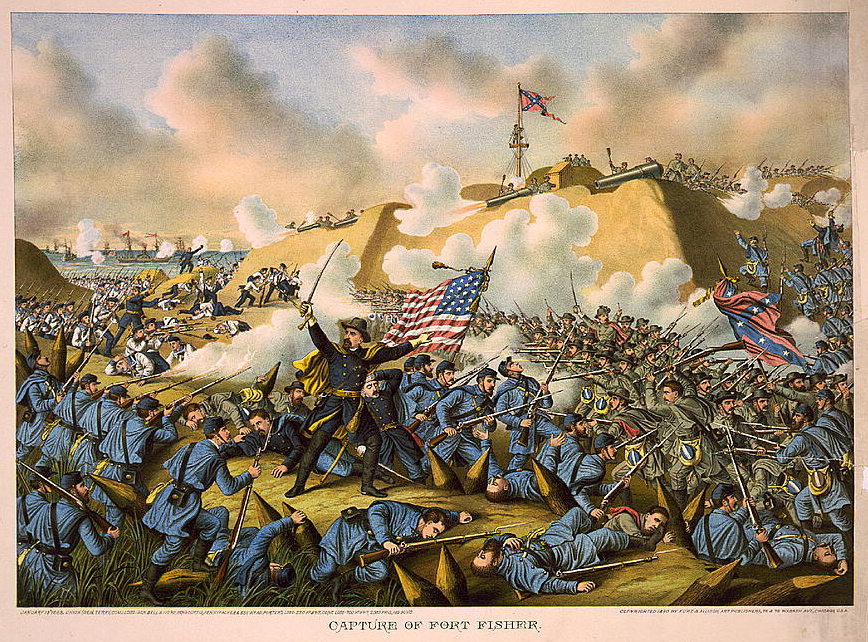Following the skirmish near Searcy, the Union Army of the Southwest would temporarily ground to a halt. With no good base of supplies, especially food, in northern Arkansas, Curtis would need the US Navy, patrolling most of the Mississippi River, to enable a successful drive on Little Rock. This following supply run would be quite the adventure, full of controversial actions from both sides.
Foraging War
His
momentum halted after the Battle of Searcy Landing, Curtis ordered his generals
Steele, Carr, and Osterhaus, to send out scouting and foraging expeditions to
ascertain enemy strength and improve their supply situation. These foraging and
scouting forays exposed the Army of the Southwest to a newly popular form of
warfare in Arkansas: that of the guerilla. The history of the 9th
Illinois Cavalry (in Steele’s Division), lists several such encounters. On one
May day a private E.J. Jenkins “was foully murdered” by a party of bushwhackers,
who had secreted themselves in a corn-crib at Cotton Plant. Another Illinoisan
rushed ahead to avenge his partner, but was killed himself. Jenkins did not
actually die immediately, but lingered on another day with five bullet wounds.[1]
Curtis and his generals discussed the recent surge of guerilla attacks. Osterhaus’ Third Division had gotten the worst of them, and the German-American was outraged by the treatment of Federal prisoners. The guerillas often beat and mutilated them before killing them. Curtis was similarly outraged and gave Osterhaus and his men permission to forego mercy. “…Such villains” are “not to be taken as prisoners.”[2]




